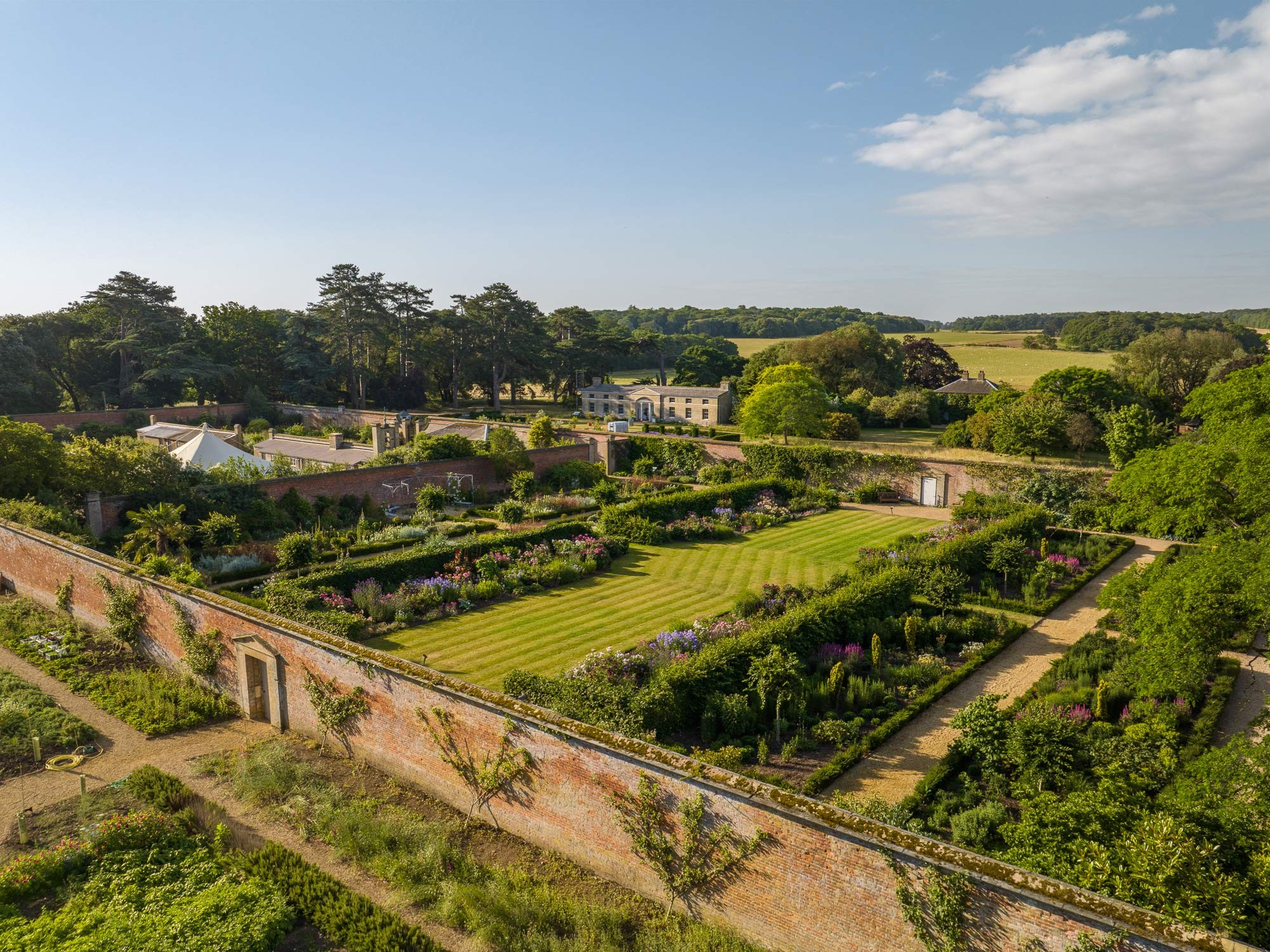
Walled garden glory
Discover the colourful history, restoration journey and magnificent planting of the Walled Garden at Holkham
Originally laid out by leading Georgian architect Samuel Wyatt in the late 1700s, the Walled Garden at Holkham was at the forefront of horticultural innovation and technology at the time. Today, it is a diverse paradise of planting with something to impress everyone - from the keenest historian to many a garden enthusiast.
At six acres, Holkham’s Walled Garden was built to impress. Its original purpose was to serve as a kitchen garden, and it would have certainly produced far more fruit and vegetables than the hall’s residents required. “The Walled Garden provided a unique microclimate for growing things which, at a time before international freight, would have been otherwise unobtainable,” explains Head Gardener Mark Morrell.
Fruits considered exotic at the time such as peaches, apricots, nectarines, melons and even pineapples were kept warm and protected from frosts in the impressive glass houses and specially constructed insulated cavity walls. “Pineapples were grown at Holkham in the late 1700s when they would have been worth the equivalent of a small car today,” Mark says. “Really quite a symbol of status.”
The Samuel Wyatt Vinery has recently been restored, funded in part by the Cultural Recovery Fund. “There are a number of walled gardens with Victorian glasshouses around the country,” Mark explains, “but the Samuel Wyatt Vinery is particularly special because it is another hundred years older than that. A lot of ingenuity has gone into restoring this wooden structure, using traditional glass instead of modern aluminium replacements.”
An army of skilled craftsman have used traditional techniques to reinstate the huge glasshouse to its original elegant beauty. Bricklayers worked with traditional lime mortar rather than cement. Carpenters completed extensive work to the wooden structure. A specialist glass company restored an ornate pediment fanlight to the roof above. “To take it from a collapsed shell of a building to something that looks exactly as it would have in the early 1800s has been an amazing achievement,” Mark says.
“It has been a tremendous learning curve looking back into the archives to discover what may have been grown too,” he continues. “We found a lovely description of one of the vineries from the late 1700s, with the walls and ceiling covered in clusters of the finest grapes and the middle of the glasshouse being full of exotic fruit trees. We have returned these fantastic grape vines and planted a collection of citrus trees, olives and pomegranates, as well as a melon pit growing 16 varieties of melon.”
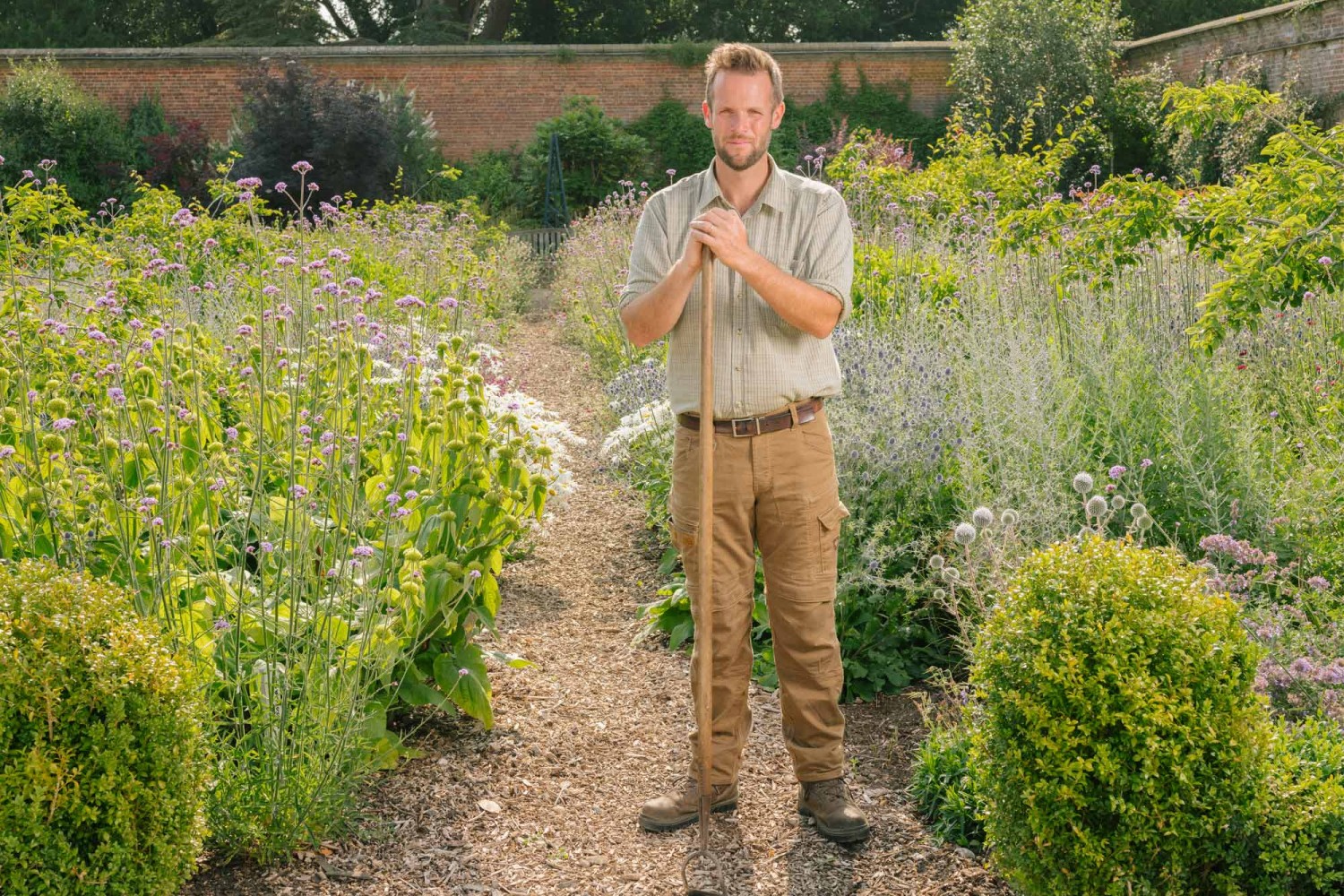
Mark and his team don’t always have such detailed descriptions of how the Walled Garden would have been. “We’ve looked further afield in national archives, finding out what people might have been growing in these historic houses to inspire the garden planting,” he says.
From 1962 to 2010, the Walled Garden was tenanted as a garden nursery, after which it was taken back in hand as part of the visitor offering of the estate. Since this reopening, there has been a gradual process of restoration and redesign which continues to this day.
The Walled Garden is divided into four one acre squares and a two acre slip, each with its own theme and planting plan. The kitchen garden is planted with an incredible range of fruit and vegetables which supply food to Holkham Hall, Holkham’s three cafes and the on-site hotel and restaurant, The Victoria. The cut flower room provides all the flowers displayed in the Hall’s state rooms, including 80 varieties of bearded iris and a superb collection of roses.
Still undergoing restoration is the frame yard, dominated by glasshouses including the Thomas Messenger Building and Sunken Pit Houses. A fairly young vineyard occupies another square, which is already being turned into wine in collaboration with local winemakers, Burn Valley Vineyard.
A stunning event space used for weddings, food festivals, outdoor theatre and cinema is lawned with tropical themed borders filled with bananas, palms and tree ferns. Finally, the much-loved ornamental garden is planted with borders themed for each of the seasons and dominated with texture from asters, grasses and echinacea in September and October.
“It keeps us very busy,” Mark says. “I have an incredible team of staff with three full time gardeners stationed here in the Walled Garden, assisted by a large group of dedicated volunteers.”
Visitors to Holkham’s Walled Garden love the seasonal changes that are showcased so well here. In the autumn, the kitchen garden boasts a huge range of pumpkins and squashes including the Atlantic giant pumpkins - which are so huge a tractor is needed to move them! There are a whole host of other weird and wonderful sizes, shapes and colours, such as the interesting crown prince and tromboncino squashes.
Looking to the future of this historic garden, Mark and his team are committed to Holkham’s vision to be the UK’s most pioneering and sustainable rural estate. “We are exploring more sustainable approaches to planting the garden which will minimise our use of pesticides and reduce the water we use in irrigation,” he explains. “The very nature of a garden is that it is never complete. We are constantly updating and evolving to keep it interesting for visitors who we hope enjoy the ever changing space.”
To plan a visit to Holkham’s Walled Garden, visit www.holkham.co.uk
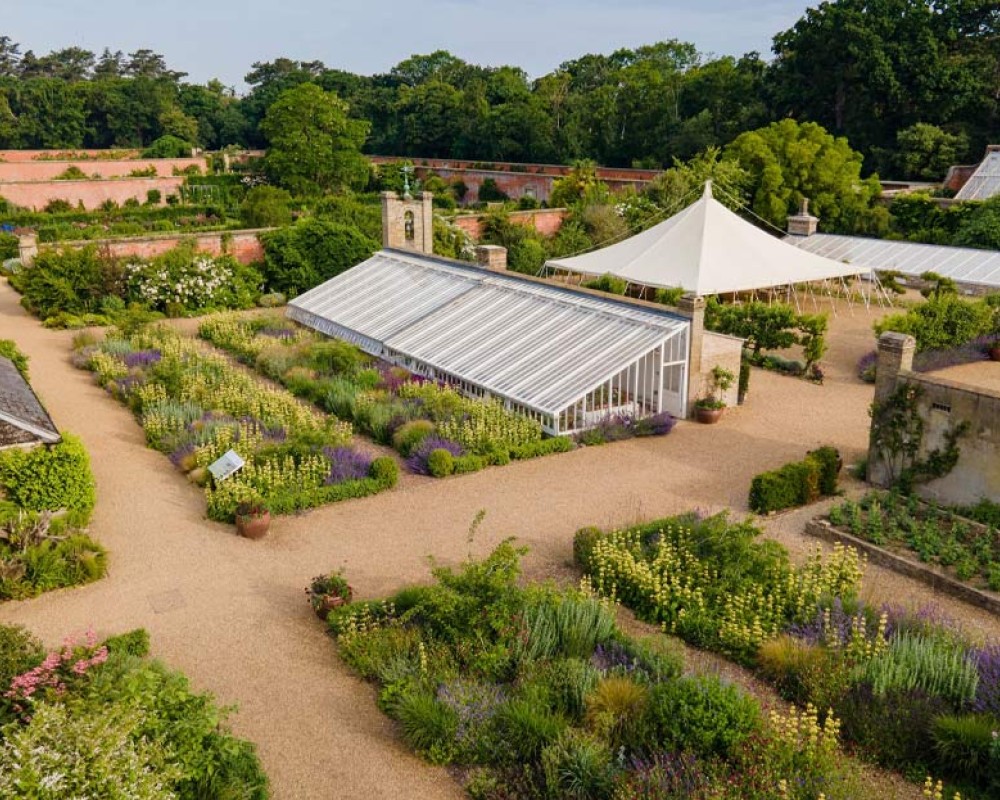
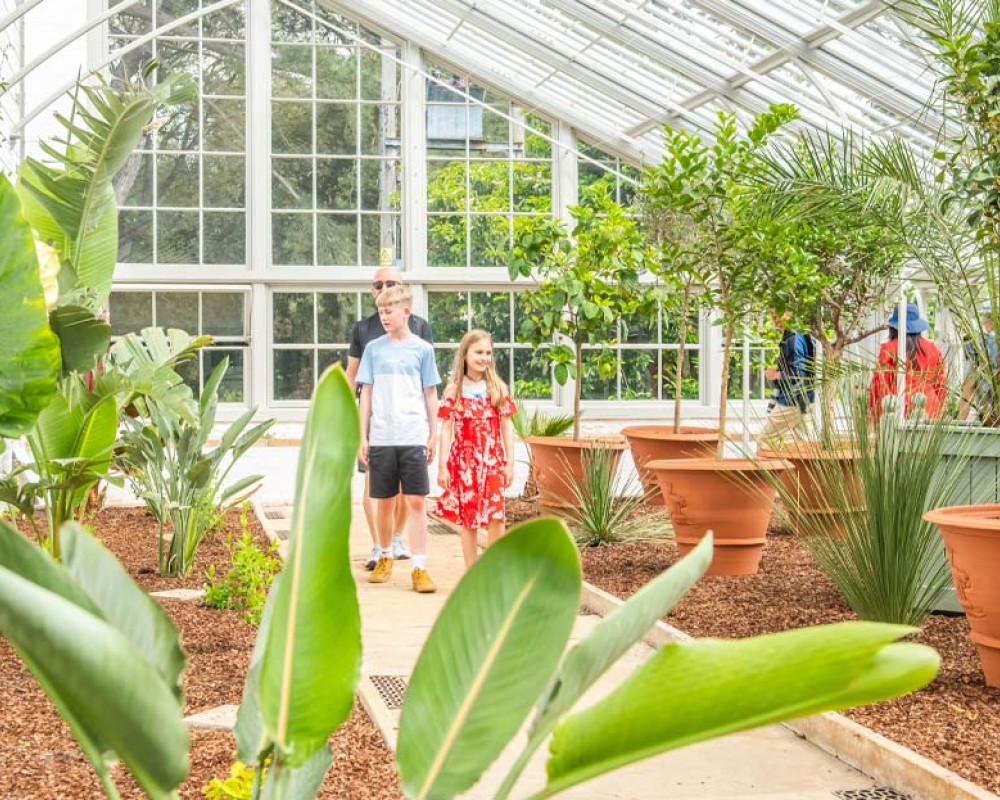
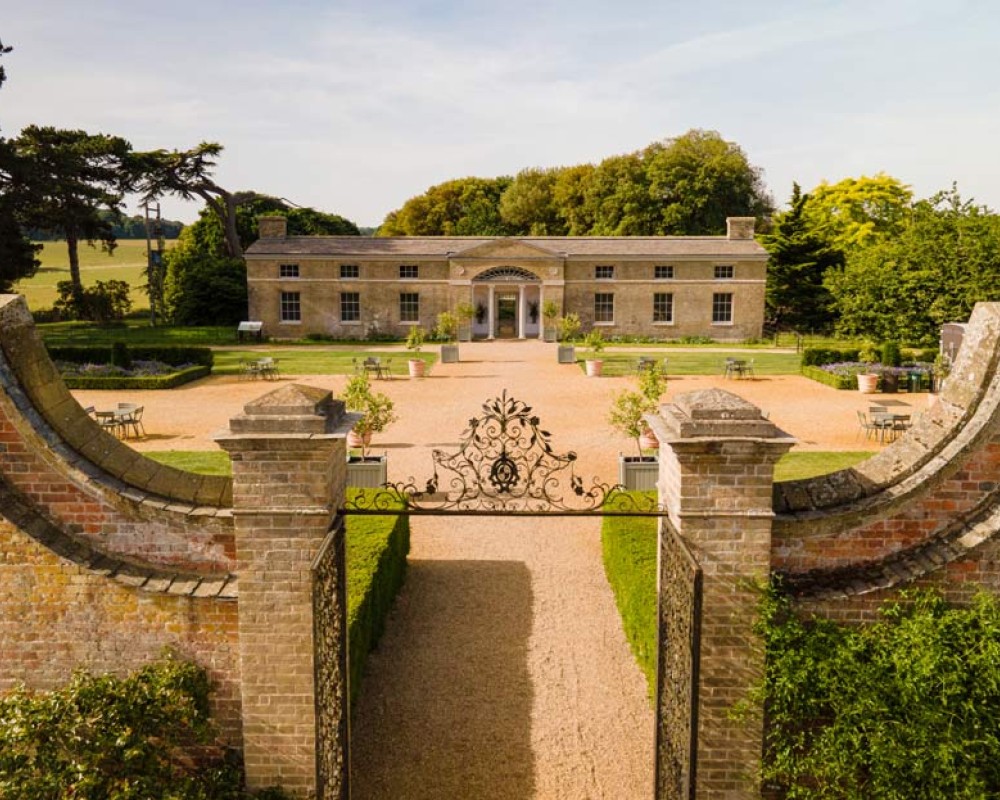
DRONE PHOTOS: © Lloyd Birch
